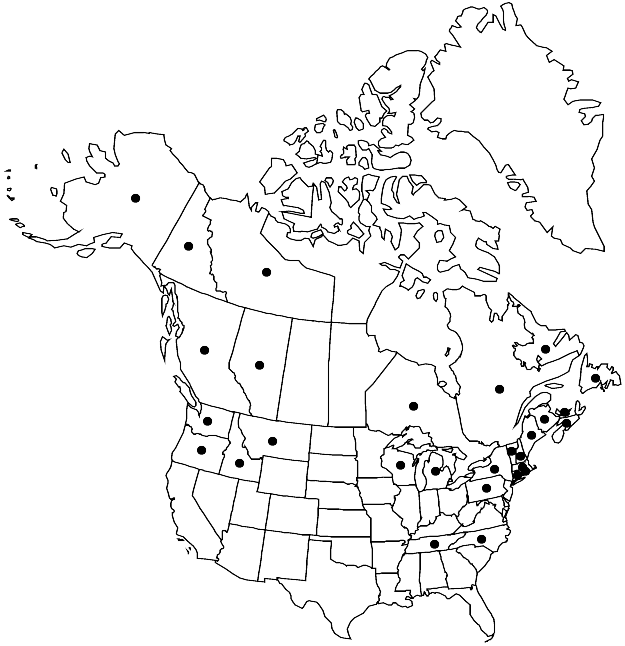Difference between revisions of "Rhytidiadelphus subpinnatus"
Hikobia 6: 19. 1971.
FNA>Volume Importer |
FNA>Volume Importer |
||
| Line 7: | Line 7: | ||
|year=1971 | |year=1971 | ||
}} | }} | ||
| − | |basionyms={{Treatment/ID/ | + | |basionyms={{Treatment/ID/Basionym |
|name=Hylocomium subpinnatum | |name=Hylocomium subpinnatum | ||
|authority=Lindberg | |authority=Lindberg | ||
| + | |publication_title=Hedwigia | ||
| + | |publication_place=6: 41. 1867, | ||
}} | }} | ||
|synonyms={{Treatment/ID/Synonym | |synonyms={{Treatment/ID/Synonym | ||
| Line 54: | Line 56: | ||
|publication year=1971 | |publication year=1971 | ||
|special status= | |special status= | ||
| − | |source xml=https://jpend@bitbucket.org/aafc-mbb/fna-data-curation.git/src/ | + | |source xml=https://jpend@bitbucket.org/aafc-mbb/fna-data-curation.git/src/f6b125a955440c0872999024f038d74684f65921/coarse_grained_fna_xml/V28/V28_518.xml |
|genus=Rhytidiadelphus | |genus=Rhytidiadelphus | ||
|species=Rhytidiadelphus subpinnatus | |species=Rhytidiadelphus subpinnatus | ||
Revision as of 19:46, 24 September 2019
Plants to 15 cm, soft. Stems 2–4 mm wide across leafy stem, irregularly branched to pinnate, branches to 2 cm. Stem leaves erect-spreading to squarrose, not crowded (stem visible between leaves) except at stem apices, broadly ovate-triangular, not plicate or rugose, 2.3–4.2 × 1.1–2 mm; base not or scarcely sheathing, broadly rounded to insertion; apex abruptly narrowed, acumen long, channeled; costa to 1/3 leaf length; alar cells distinct, shorter, wider than basal cells, walls thin, not porose; medial laminal cells 40–75 × 5–7 µm, smooth. Branch leaves ovate to lanceolate, 1.3–2.8 × 0.4–1.3 mm. Capsule ovoid, 1–2.2 mm.
Habitat: Damp to wet soil, usually shaded sites, humus, logs, and rock in swamps and moist forests, often along streams and in spray of waterfalls
Elevation: low to high elevations (30-2100 m)
Distribution

Alta., B.C., N.B., Nfld. and Labr., N.W.T., N.S., Ont., P.E.I., Que., Yukon, Alaska, Conn., Idaho, Maine, Mass., Mich., Mont., N.H., N.Y., N.C., Oreg., Pa., R.I., Tenn., Vt., Wash., Wis., Eurasia.
Discussion
Many Canadian and European bryologists have recognized Rhytidiadelphus subpinnatus as a species distinct from R. squarrosus; American bryologists have held to the traditional concept of a broadly circumscribed R. squarrosus that includes R. subpinnatus. T. J. Koponen (1971) and H. A. Crum and L. E. Anderson (1981) have provided contrasting opinions and worthwhile discussion on the species problem. DNA fingerprinting with ISSR markers showed clear genetic discontinuity between R. squarrosus and R. subpinnatus, supporting specific status for both taxa (A. Vanderpoorten et al. 2003). Analysis of genetic variation within and between populations and species using microsatellites and ITS sequences further supported the same conclusion (H. Korpelainen et al. 2008). In North America, R. subpinnatus is by far the more widespread and abundant taxon. The two taxa are distinct ecologically, but intergrade somewhat morphologically.
Selected References
None.